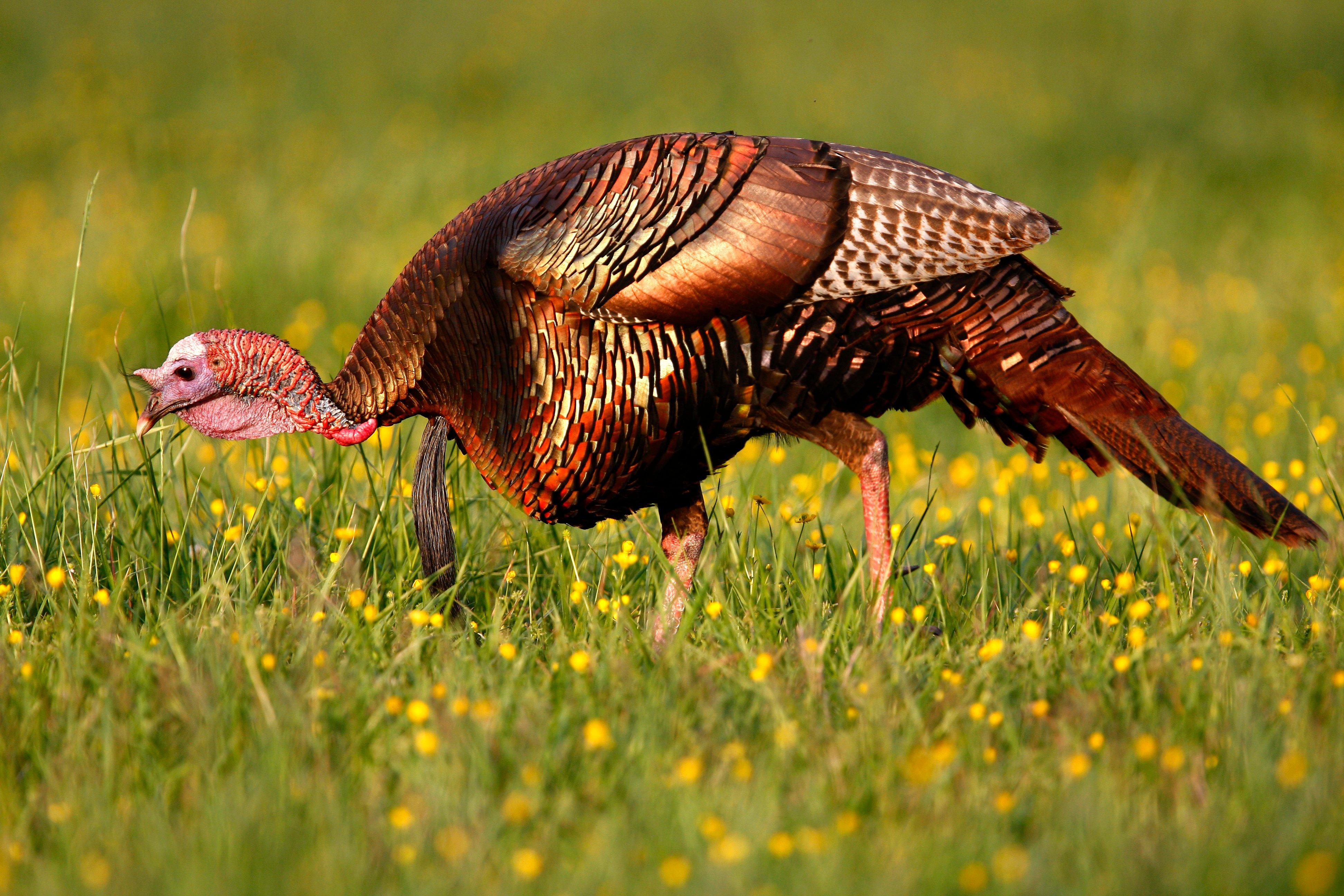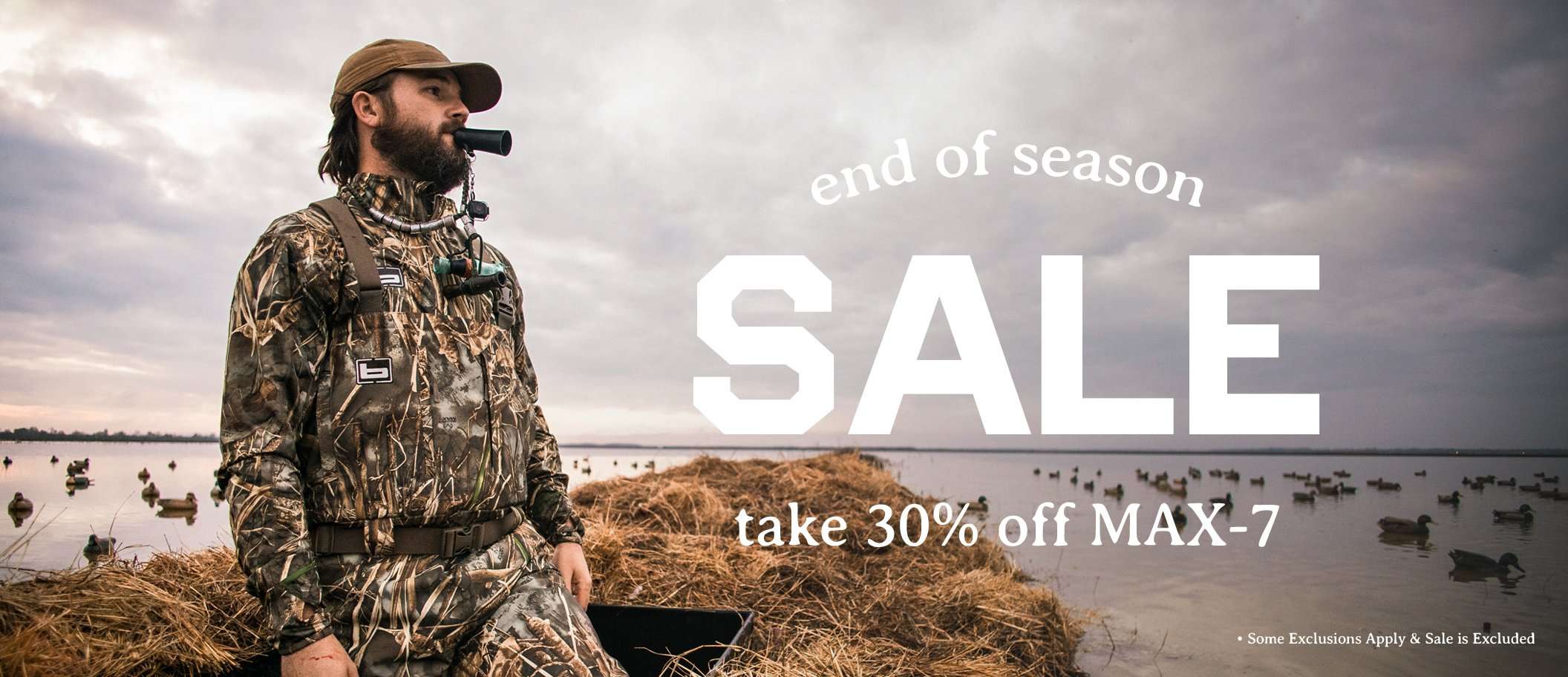Weather conditions have been poor the past week, but upcoming seasons in the Midwest, Northeast look promising

Ben Whitcomb arrowed this Minnesota gobbler with a perfect headshot after his father had patterned a flock’s afternoon routine. The gobbler was passing through a pinch-point when Ben got him. (Photo courtesy of Andy Whitcomb)
Last week, the turkeys in central Wisconsin seemed to be still holding in larger flocks, with gobblers spending most of the day with hens and breeding. Although the wind and temperatures have been pretty crummy across most of the region, the flocks are splitting up and settling into larger ranges.
Over the last few days, I’ve seen gobblers traveling in groups of two and three early in the mornings. They’re fighting and getting with hens as soon as possible, and then they’re breaking away from hens around midday. I’ve seen a couple of lone toms during midday that I know would be responsive to calling, but my first tag starts on May 1. I’ve also seen lone hens — including a bearded hen that was with toms just a few days ago — roaming around in the middle of the day, which likely means they’re nesting in the area.
Andy Whitcomb, of Whitcomb’s Whitetails, had his youngest son, 9-year-old Ben, out in Minnesota a few days ago for a bow hunt. The birds in their neck of the woods were still in larger flocks as of Monday.
“We mostly hunt turkeys by patterning them and hunting choke points and travel corridors that they have to come through,” Whitcomb commented. “The morning before Ben got his bird, we were set up about 80 yards from where we needed to be. Ben could’ve shot a jake, but he was waiting for a tom. The following morning, we went to another blind where we knew the turkeys would congregate. I had one hen decoy out, and I shouldn’t have. A tom came in and needed to take one more step out of the brush, but instead, he circled all the way around us.
“Since I know of a pinch point the flock uses to travel toward the roost, we went to another blind that afternoon,” Whitcomb added. “The hens came through first, and then a tom came through at 20 yards. Ben made a perfect 20-yard headshot with a Magnus Bullhead.”

If you don’t have luck during your morning hunt, then you may have luck in the afternoon hours when the toms are out roaming after the hens have gone to their nests. Image by On the Wildside
With season openers in the Northeast less than a week out, I felt it worthwhile to check in with fellow turkey troop Carter Heath, who is the NWTF’s regional director for New England.
“The majority of New England had a wet summer in 2023,” Heath began. “This meant a lot of late-clutch young poults were on the landscape in August. Fortunately, we had a relatively open winter, which allowed for better survival of these young turkeys. But, there was still some mortality. I have personally seen that flocks wintered in non-traditional areas, as food availability was ample. Many folks have reported not seeing many birds in their usual hangouts, but some scouting off the beaten path has shown that there are still birds out there. I have been pleased to see jakes while scouting as well, as that is a sign of last year’s poult survival.”
Next week, I’ll get some input from farther West. For now, by all means, hit the mornings hard. But if you don’t succeed, the midday hours (in states where legal) could be dynamite with hens going to their nests and toms out roaming. If you’re shotgunning, I suggest hunting in the timber without decoys. Call and make the gobbler come looking for you. If you’re bowhunting, I suggest using a jake with a hen. Often, a midday gobbler will hang up shy of a hen decoy, but this early in the season, he’ll most likely be willing to fight and come right in.











